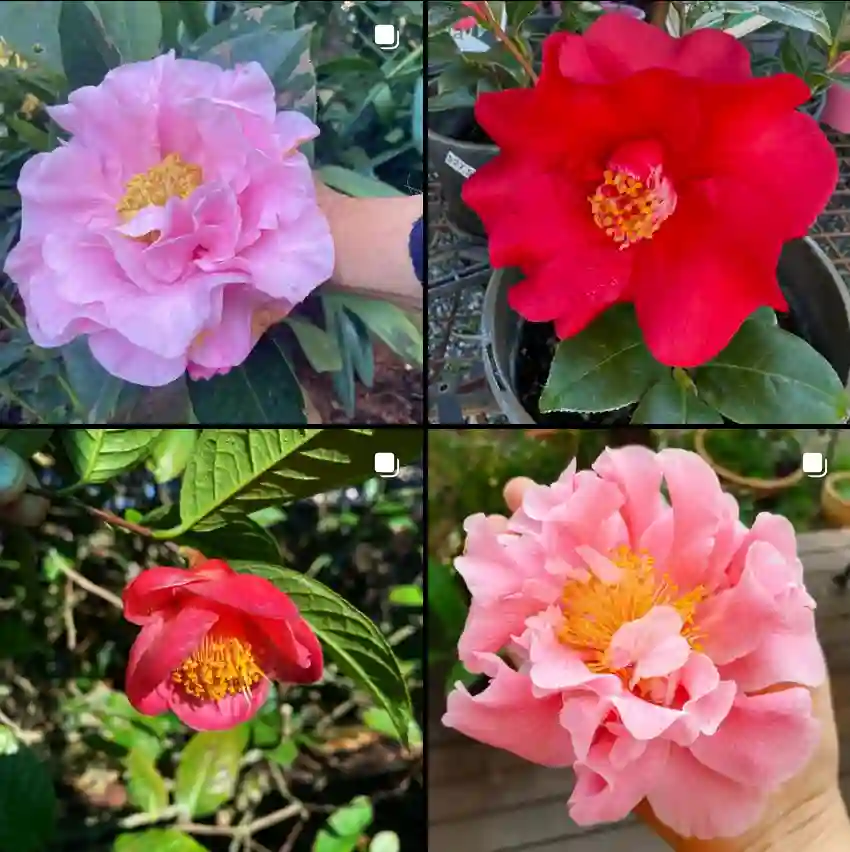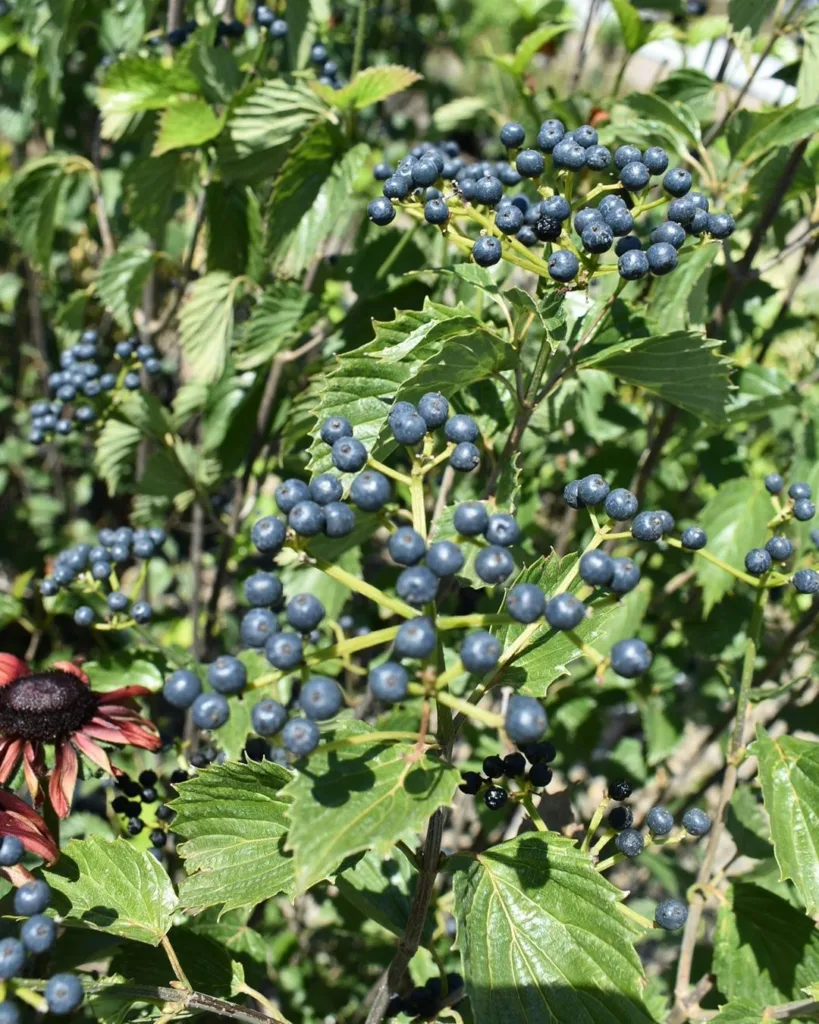Can Blue Angel Hosta tolerate sun?
I’ve noticed that my Blue Angel Hosta can handle some sun, but they definitely thrive best in the shade. When I planted them in a spot that got a bit of morning sun, they did alright, but the leaves looked a bit stressed with some minor sunburn. I’ve found that they’re happiest and most vibrant in a spot with dappled shade or full shade, where they get just a bit of indirect light throughout the day. It’s all about finding that balance where they can enjoy some light without getting scorched.
31 Species in Genus Hosta
How big do Blue Angel Hosta get?
The Blue Angel Hostas in my garden have grown impressively large over the years. Mine have reached about 3 feet tall and spread out to almost 5 feet across. They create a lush, green focal point in my shady garden beds. Their size really fills in spaces beautifully and gives a nice, dense cover which is perfect for ground coverage and adding texture to my garden layout.
How to tell Empress Wu and Blue Angel Hosta apart?
Distinguishing between Empress Wu and Blue Angel Hostas took me a bit of time initially. What helped me the most was looking at their leaves. Empress Wu has these huge, thick, and deeply veined leaves that are a bit more blue-green, while Blue Angel’s leaves are slightly thinner and a lighter blue-green with a more matte finish. Also, Empress Wu tends to be more upright and taller, growing over 4 feet tall, whereas my Blue Angel has a more spreading habit and stays around 3 feet tall.
How to care for Blue Angel Hosta?
Here’s a detailed guide to ensure your Blue Angel Hosta thrives:
1. Choosing the Right Location
- Shade: Blue Angel Hosta prefers partial to full shade. It can tolerate some morning sun, but too much direct sunlight can scorch its leaves and fade their blue color.
- Space: Blue Angel is a large hosta, reaching up to 3 feet in height and 4-6 feet in width. Ensure ample space for it to grow and spread.
2. Soil Preparation
- Type: Prefers well-drained, rich, and fertile soil.
- pH: Ideal soil pH is slightly acidic to neutral (6.0 to 7.0).
3. Planting
- Timing: Plant in spring or early fall when the weather is cool.
- Planting Hole: Dig a hole that is twice the width and the same depth as the root ball.
- Planting: Place the hosta in the hole with the top of the root ball level with the surrounding soil. Backfill with soil, pressing gently to eliminate air pockets.
4. Watering
- Initial Watering: Water thoroughly after planting to help establish the roots.
- Regular Watering: Keep the soil consistently moist, especially during the first growing season. Water deeply once or twice a week, allowing the top inch of soil to dry out between waterings. Avoid overhead watering to reduce the risk of fungal diseases.
5. Mulching
- Apply a 2-3 inch layer of mulch around the base of the plant to retain moisture, regulate soil temperature, and suppress weeds. Keep mulch a few inches away from the stems to prevent rot.
6. Fertilizing
- Timing: Fertilize in early spring when new growth begins.
- Type: Use a balanced, slow-release fertilizer or a fertilizer formulated for shade-loving plants.
- Application: Follow the instructions on the fertilizer package for the correct amount and application method. Avoid over-fertilizing, as it can lead to lush foliage but fewer flowers.
7. Pruning and Maintenance
- Deadheading: Remove spent flower stalks after blooming to maintain the plant’s appearance and encourage energy to be directed back to the roots.
- Cleaning: Remove any dead or damaged leaves throughout the growing season to prevent disease and improve air circulation.
8. Pest and Disease Control
- Pests: Watch for slugs, snails, and deer, which are common pests for hostas. Use slug bait, copper barriers, or organic slug control methods. For deer, consider using repellents or fencing.
- Diseases: Ensure good air circulation around the plant to prevent fungal diseases like crown rot and leaf spot. If disease occurs, remove affected foliage and use appropriate fungicides if necessary.
9. Winter Care
- Mulching: In colder climates, apply an additional layer of mulch in late fall to protect the roots from freezing temperatures.
- Cleaning: Remove mulch in early spring before new growth begins to prevent crown rot.
10. General Care
- Monitoring: Regularly check the plant for signs of stress, disease, or pests.
- Dividing: Divide the Blue Angel Hosta every 3-5 years in spring or early fall to prevent overcrowding and maintain plant health. Use a sharp spade to dig up the plant, then carefully split the clump into smaller sections and replant.
If i die, water my plants!



